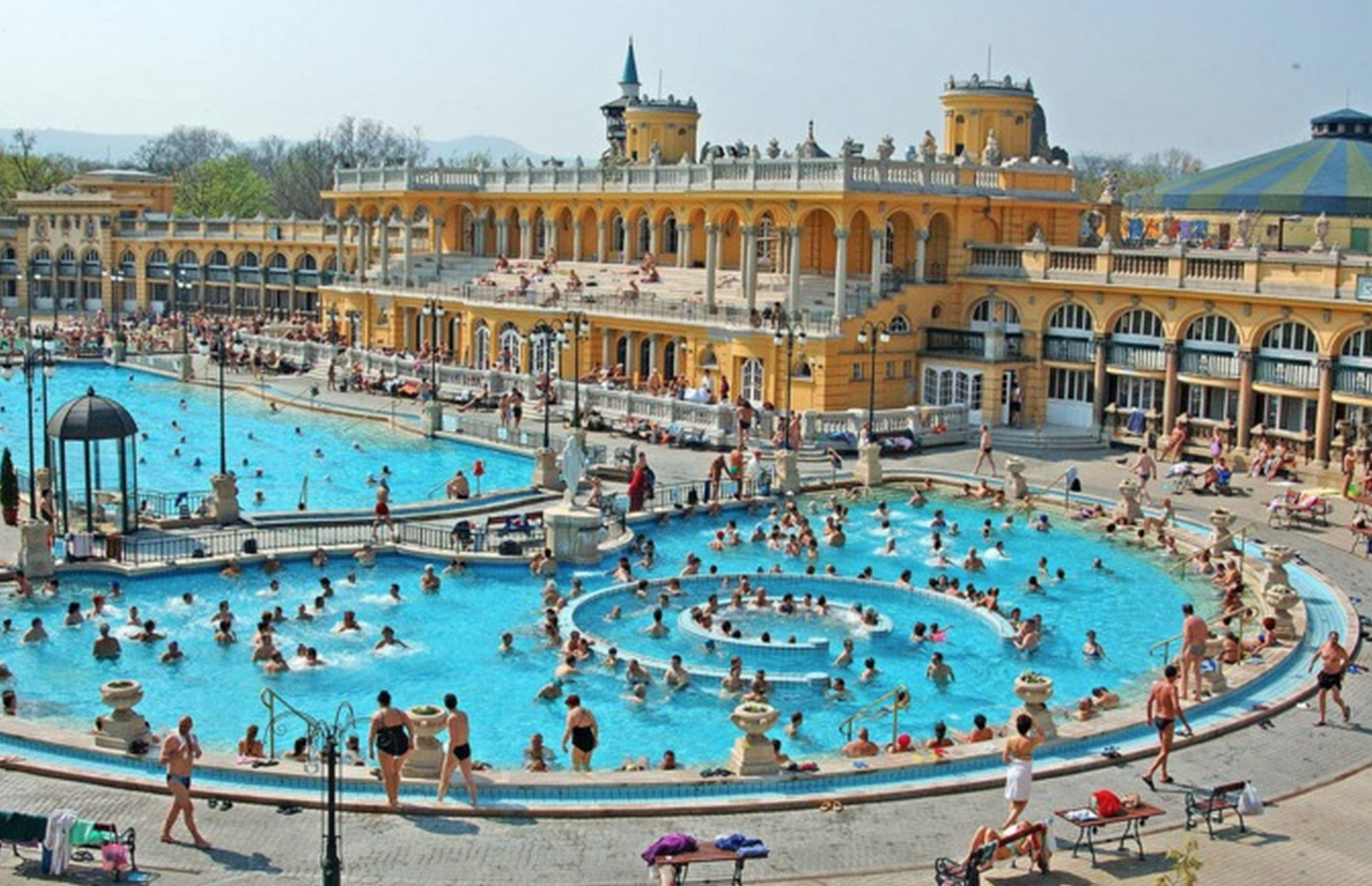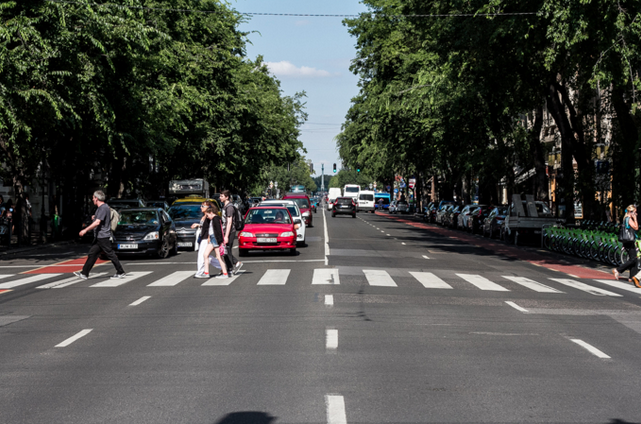This elegant boulevard, named after former Prime Minister Gyula Andrássy, is home to Budapest’s buzzing theatre district, shop windows carrying brands such as Louis Vuitton and Max Mara, decadent and bohemian cafés, and villas housing embassies. Looking up to discover the Eclectic-style apartment buildings and palaces that were once home to aristocrats and noble families, or a naughty duck into someone’s hidden courtyard makes it worth the walk, even though the Millennium Underground runs beneath the entire avenue. A stroll through Budapest is a pleasure at the best of times, but along Andrássy, especially if you take a note of the details, is something special. So join us for a walk along this iconic road.Elizabeth Square to Oktogon We’ll begin at the source where Andrássy gushes out from Elizabeth Square. Look to your left as we turn off from Bajcsy- Zsilinszky Road and you’ll catch a glimpse of the famous St. Stephen’s Basilica. If we can, let’s take a peak in at number 3, an elegant house that once housed the Postal Museum (recently moved to Benczúr Street) and has a beautiful fresco by Károly Lotz. Then stroll up past the premium department store called Il Bacio di Stile - or head on in, if you're in the mood to shop! We'll also pass other designer shops along the way for a spot of window shopping. This might make your wallet weep, so it’s best to distract yourself with the resolve to spend your hard earned money on a good cup of coffee later instead.
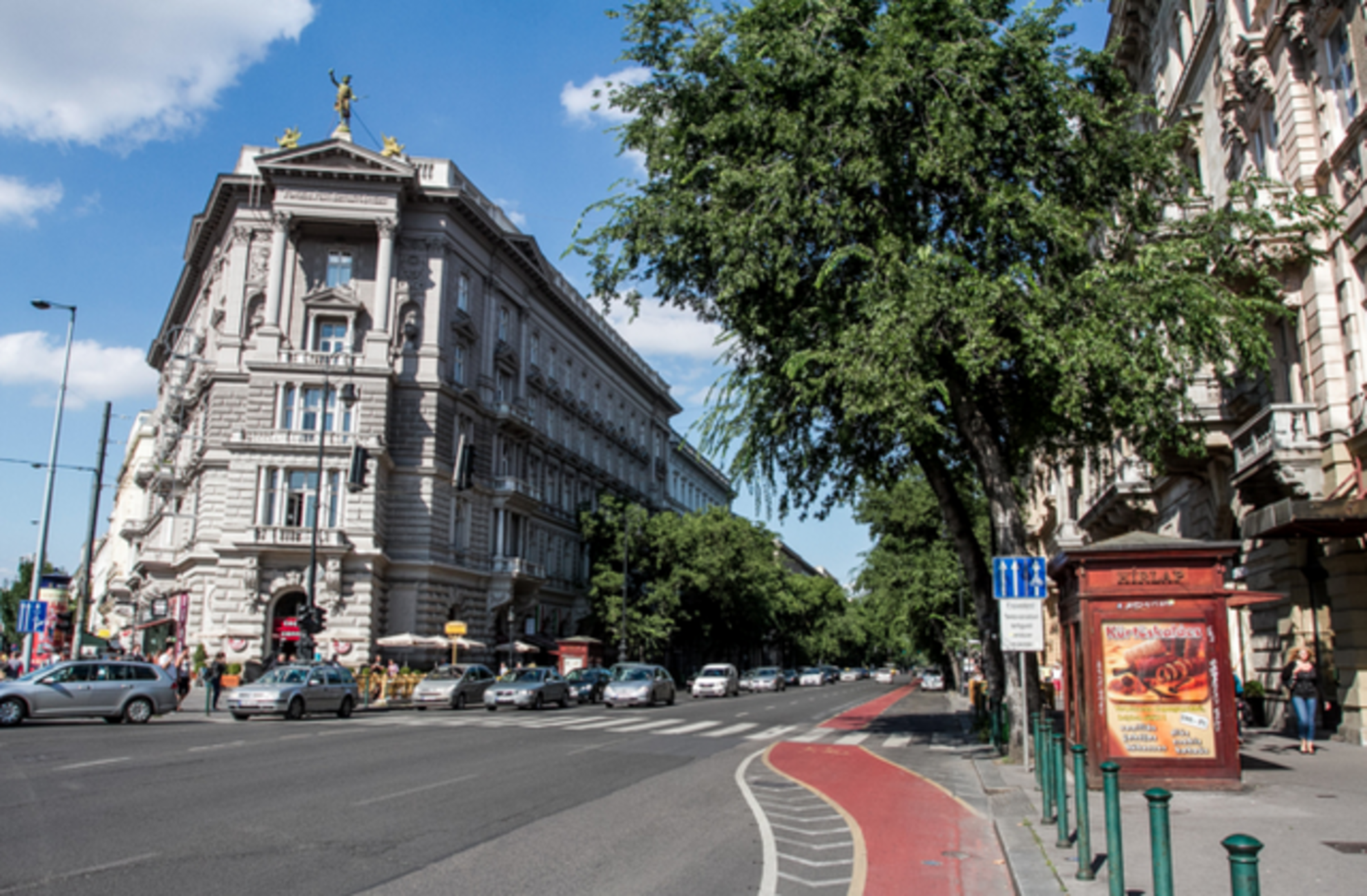
Soon the Hungarian State Opera House comes into view. We cross over the road to admire the Sphinxes from close up and take a look inside the gilded interior of one of Budapest’s most beautiful buildings.
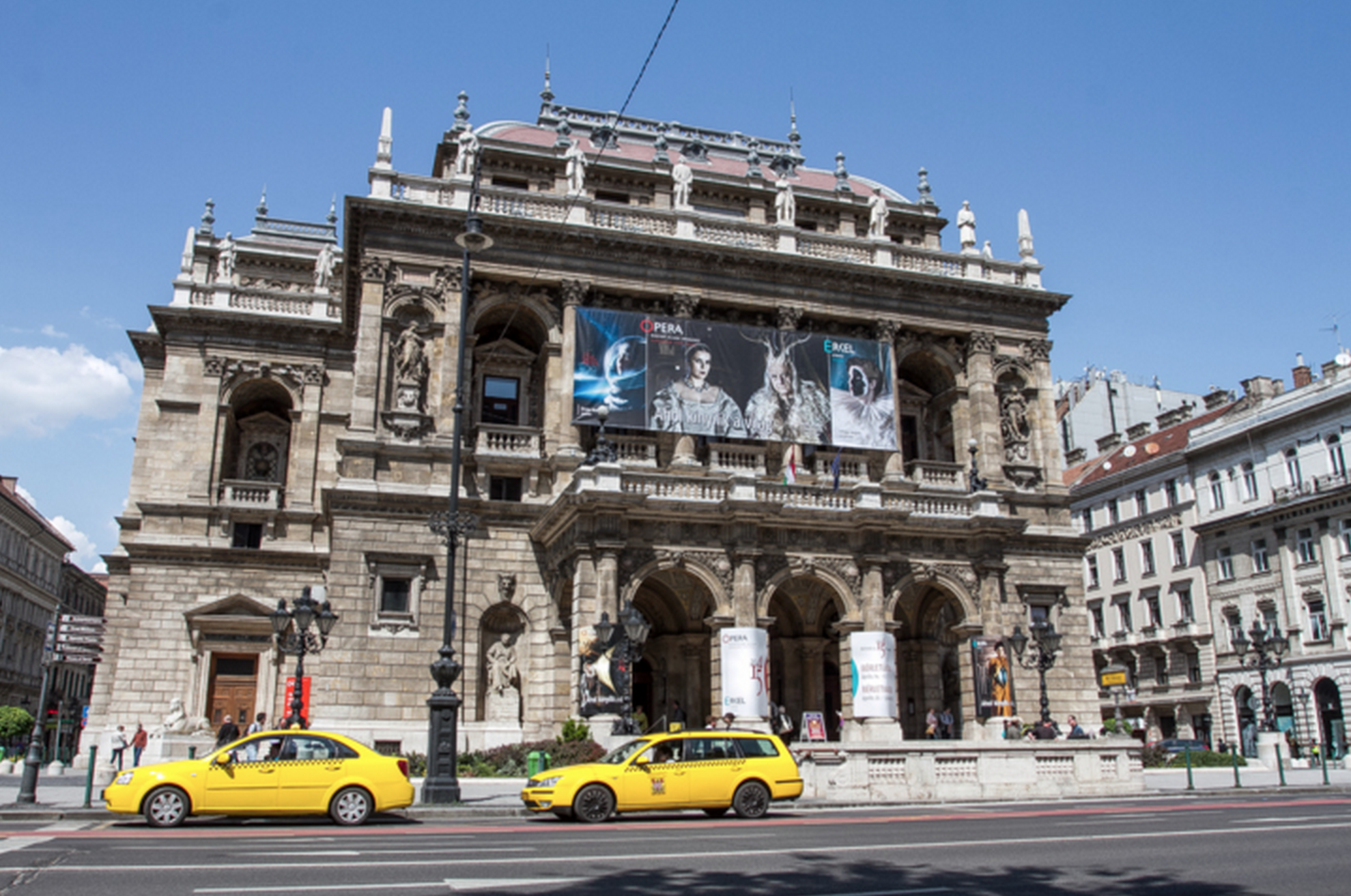
Built in 1884 to the designs of Miklós Ybl, in its heyday, the Hungarian Opera was one of the world’s most prestigious musical institutions, where even famous composer Gustav Mahler took on the role of director for three seasons. Opposite this impressive building, we can see the boarded up former Ballet Institute, also known as the Drechsler Palace. We wrote about this building earlier. The so-called Hungarian Gaudí, Ödön Lechner, along with and Gyula Pártos designed the currently uninhabited building. The current plans are to turn the building into a five star hotel.
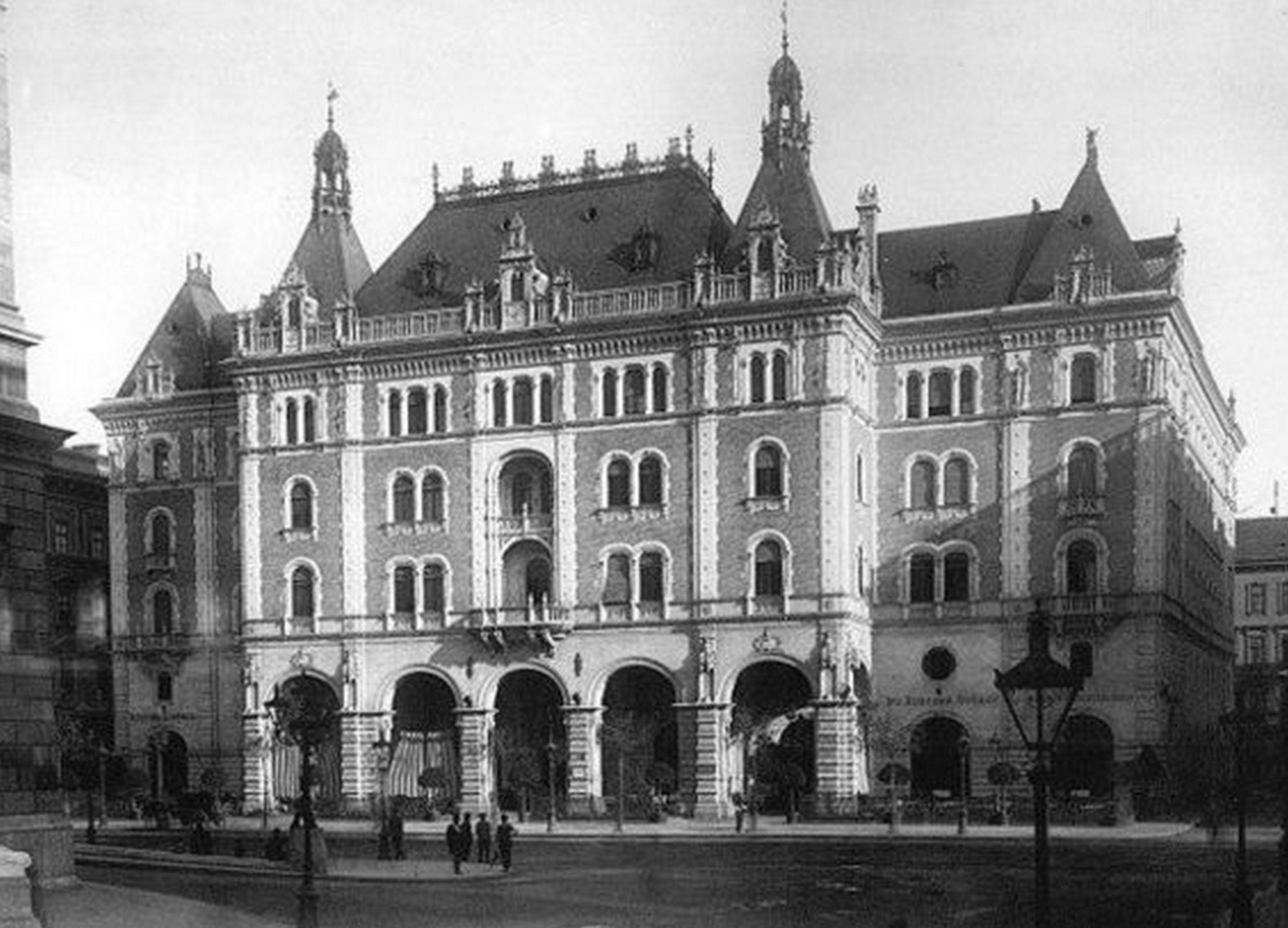
One block up, we reach Nagymező Street, dubbed “Budapest’s Broadway”, thanks to the abundance of theatres such as the Budapest Operetta Theatre and the Thália Theatre. The street is dotted with busy cafés seducing passers by with promise of coffee, the Moulin Rouge nightclub and the curious Mai Manó House of Photography.
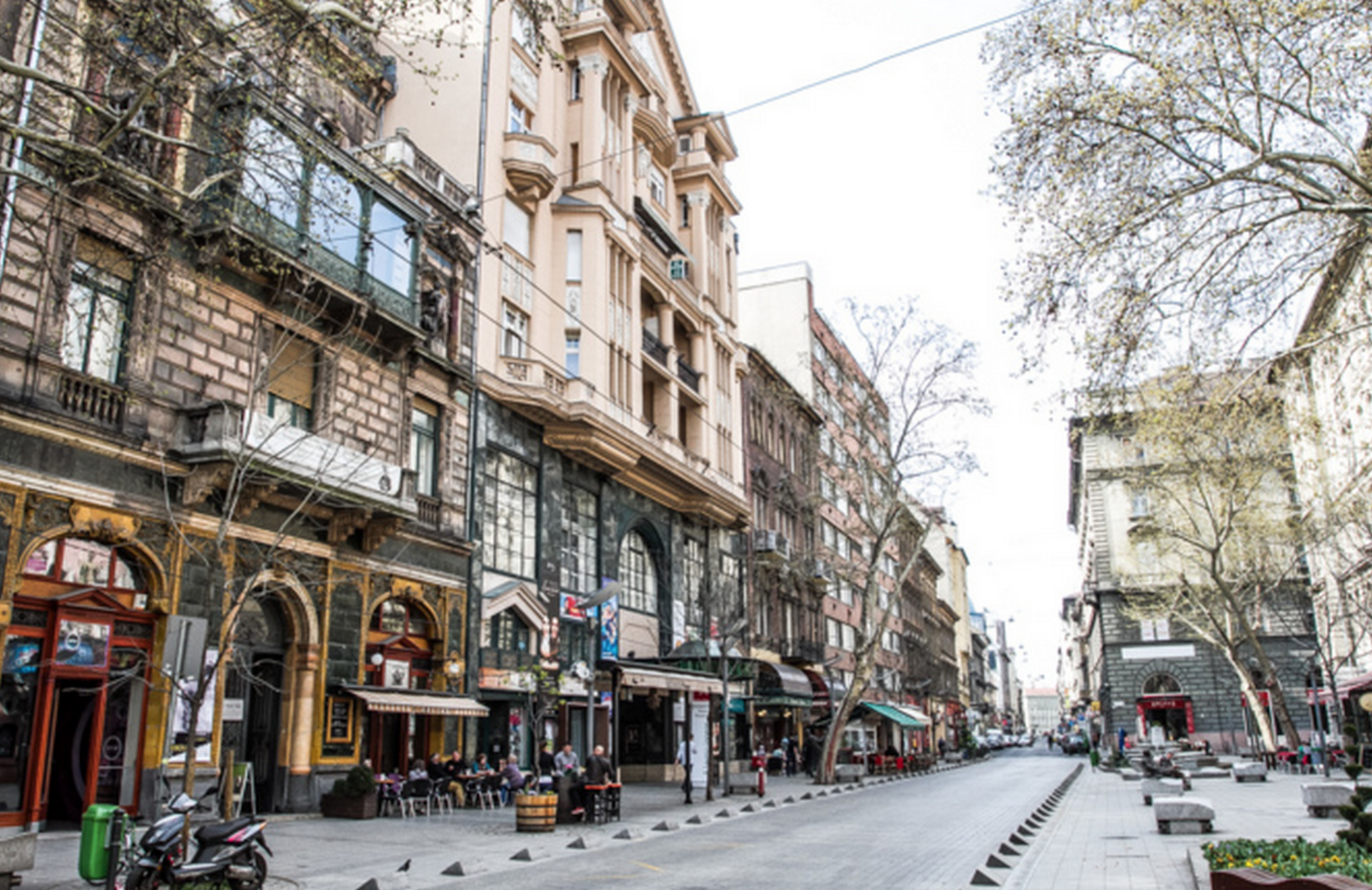
Across the road we can spot the art nouveau façade of the former Paris Department Store, now the Alexandra Bookshop. Taking the escalators in the shiny new bookstore brings you up to the Lotz Café - a great place to get a slice of cake in what looks like a ballroom in an Italian baroque palace.
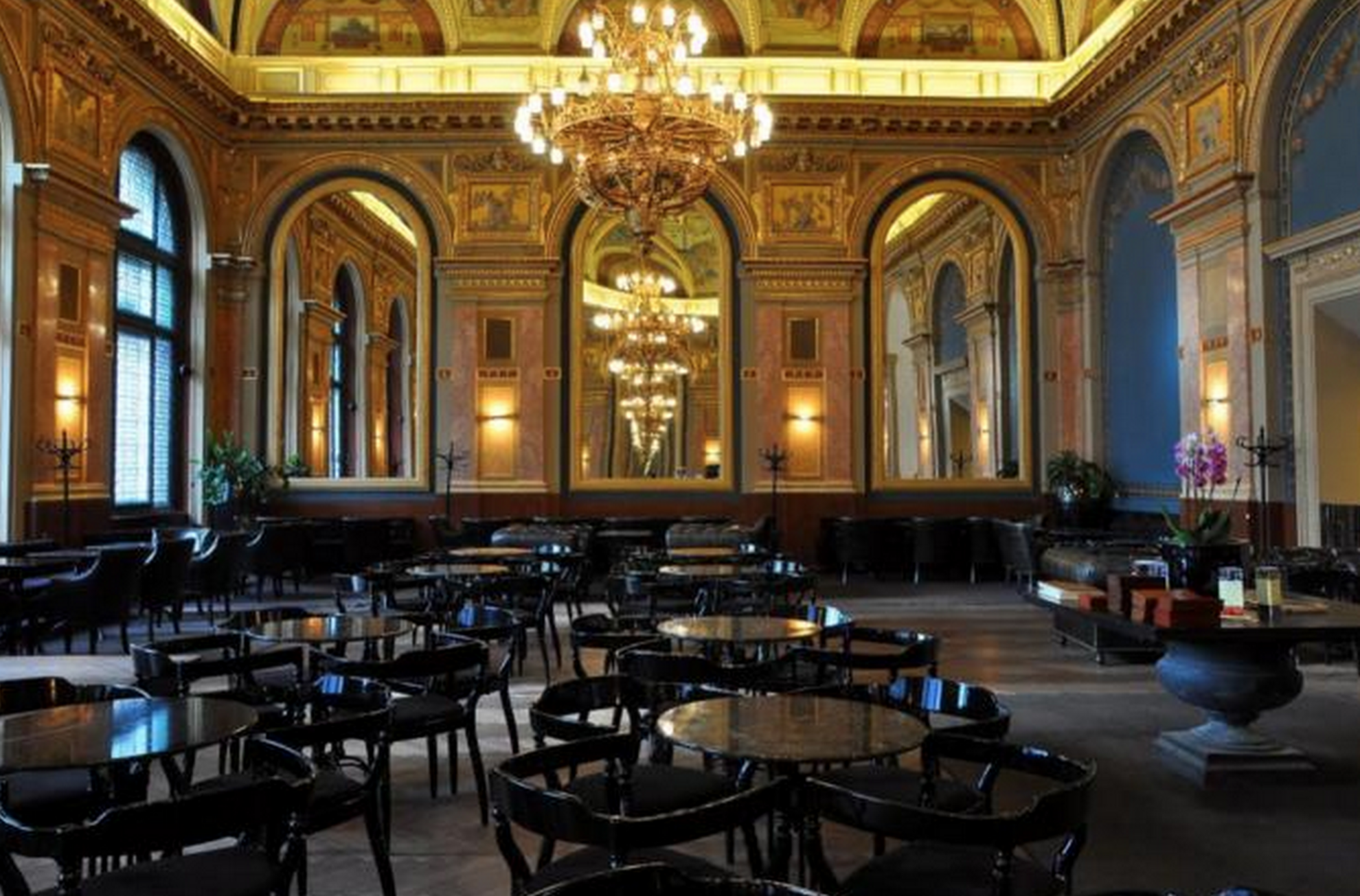
The next street along and we reach Franz Liszt Square, a leafy square filled with couples dining at one of the many restaurant terraces. The faint sound of classical music carries in the air, streaming out of the practice windows of the Franz Liszt Music Academy - a building that's worth stopping to admire as well.
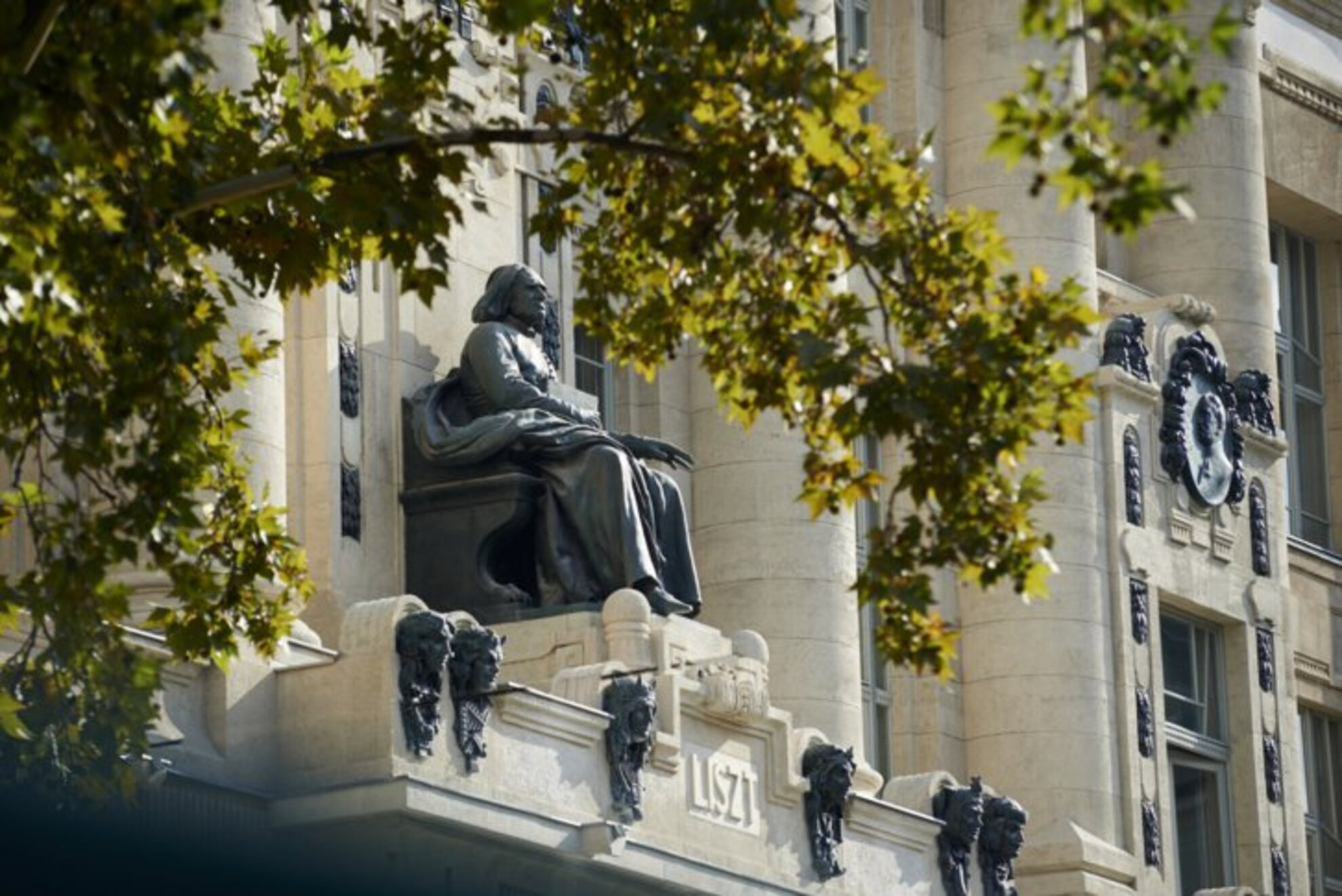
The next stop is Oktogon - an intersection that gets its name from its octagonal shape where Andrássy crosses over the Grand Boulevard. It's interesting to note that it's carried other names, for instance it was formerly Mussolini Square and then renamed November 7 under communist times. Today, it’s a busy thoroughfare where the busy 4 and 6 trams rattle along by the numerous fast food joints and shops. Also at Oktogon we'll find the world’s largest Burger King!
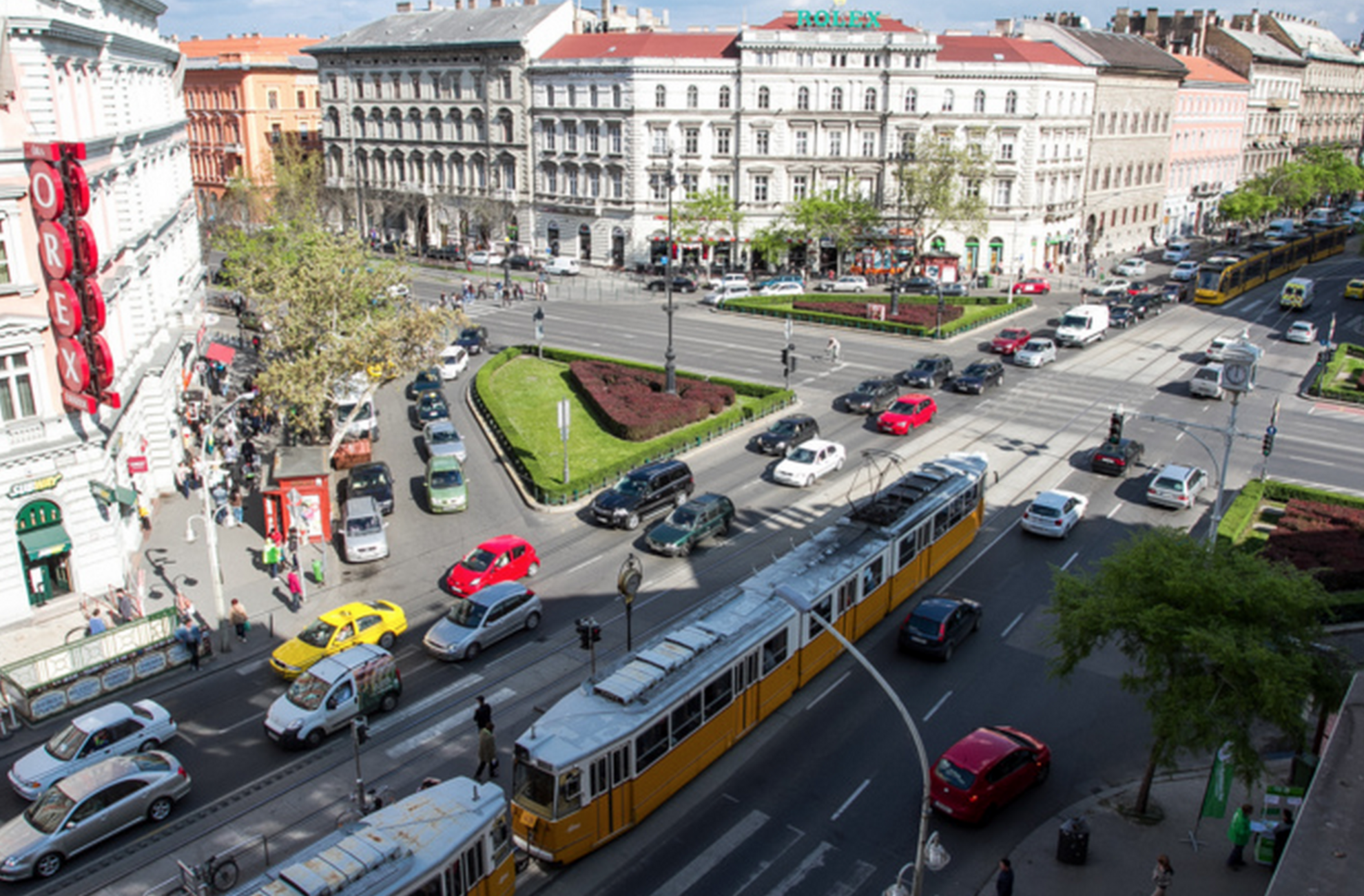
Oktogon to Kodály Körönd The vista changes as we cross the Grand Boulevard.
Andrássy widens and sprouts tree covered pedestrian islands. We pass Hello Baby nightclub in the former Haggenmacher
Palace, which is quiet by day and actually home to one of the branches of the Szabó Ervin library on the top floor!
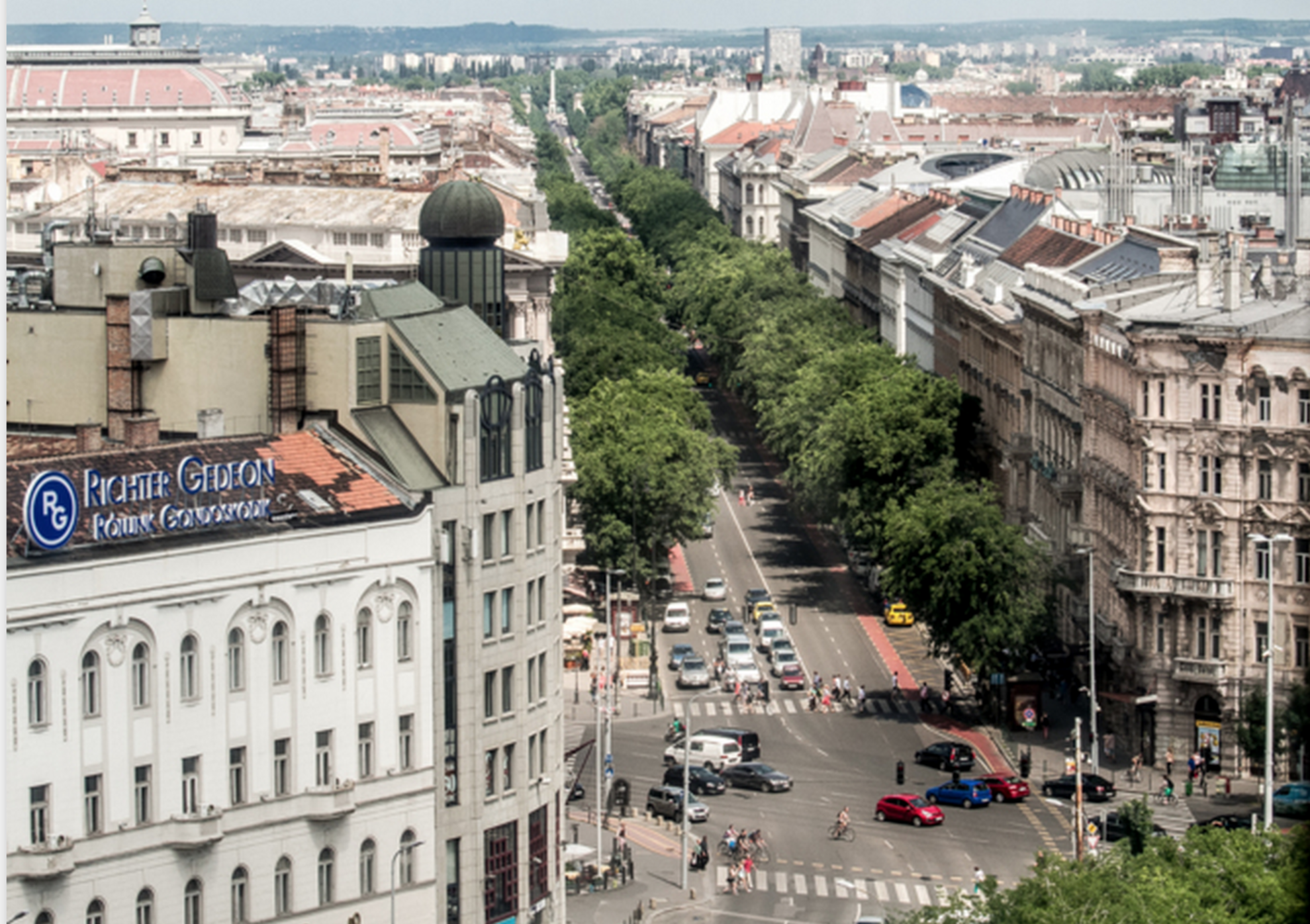
A few streets down, the metallic letters carving the word “terror” into the sky mark the location of one of Budapest’s most poignant museums. The House of Terror museum was once the head quarters of the Nazi party in 1940 and then home to Hungary’s equivalent of the KGB, the State Security. This house holds many dark memories and today the museum commemorates the victims of both. A walk outside, you’ll see placards and pictures of victims with burnt down candles left on the ledge.
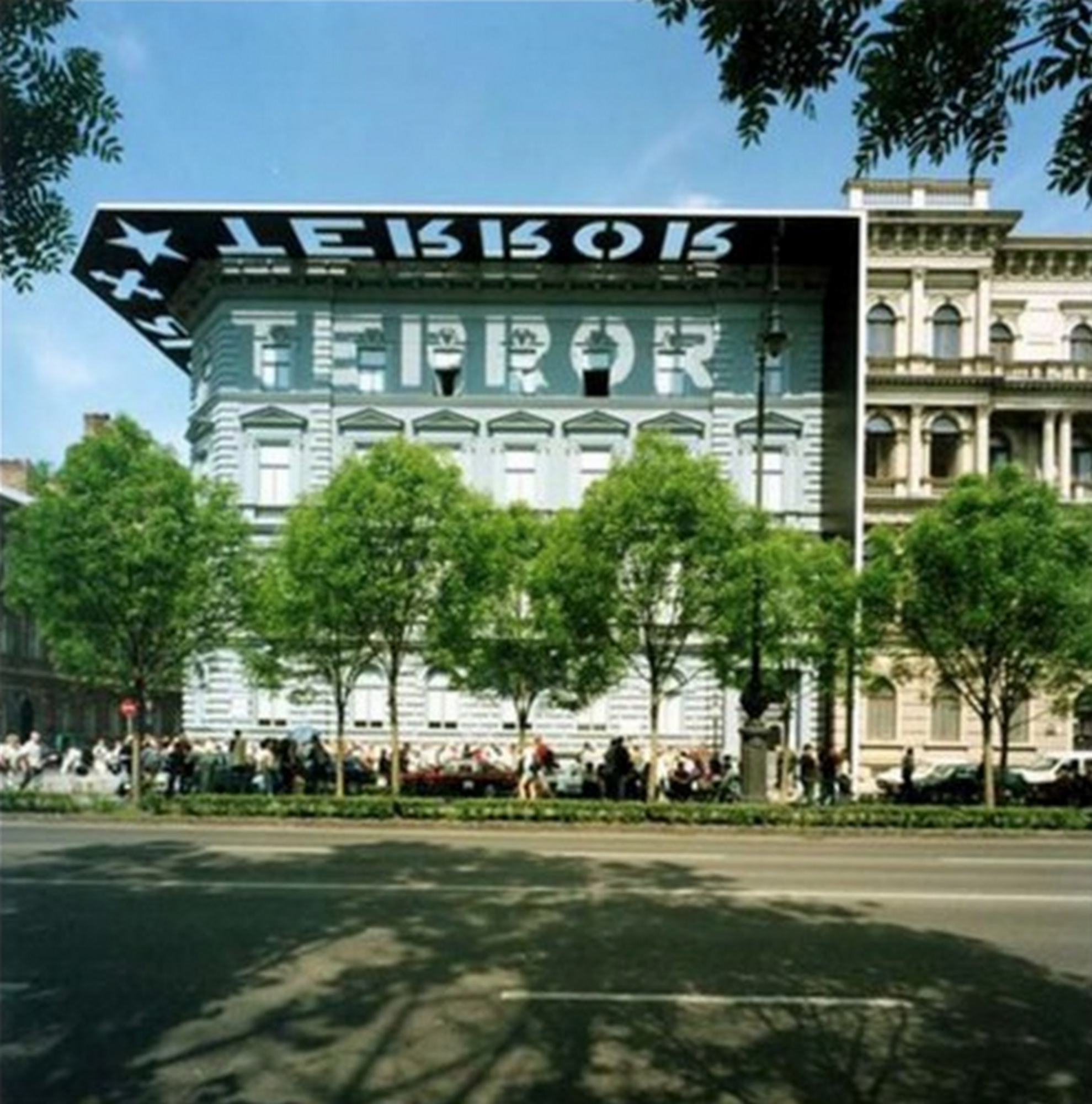
We’ll cross the road to Franz Liszt’s former home at number 67, where he spent some of the last years of his life. Next door, look up at the frescoed façade housing the Hungarian Academy of Fine Arts.
On Kodály Körönd at the first house on the right, behind the scaffolding, you’ll see the remains of the ornate roof that caught fire in 2014. Kodály Körönd was once called Adolf Hitler Square before it was named after the Hungarian composer Zoltán Kodály.
Keep a look out for the placard of the composer at number 87-89 marking his former home, where you’ll find the Zoltán Kodály Memorial Museum and Archives.
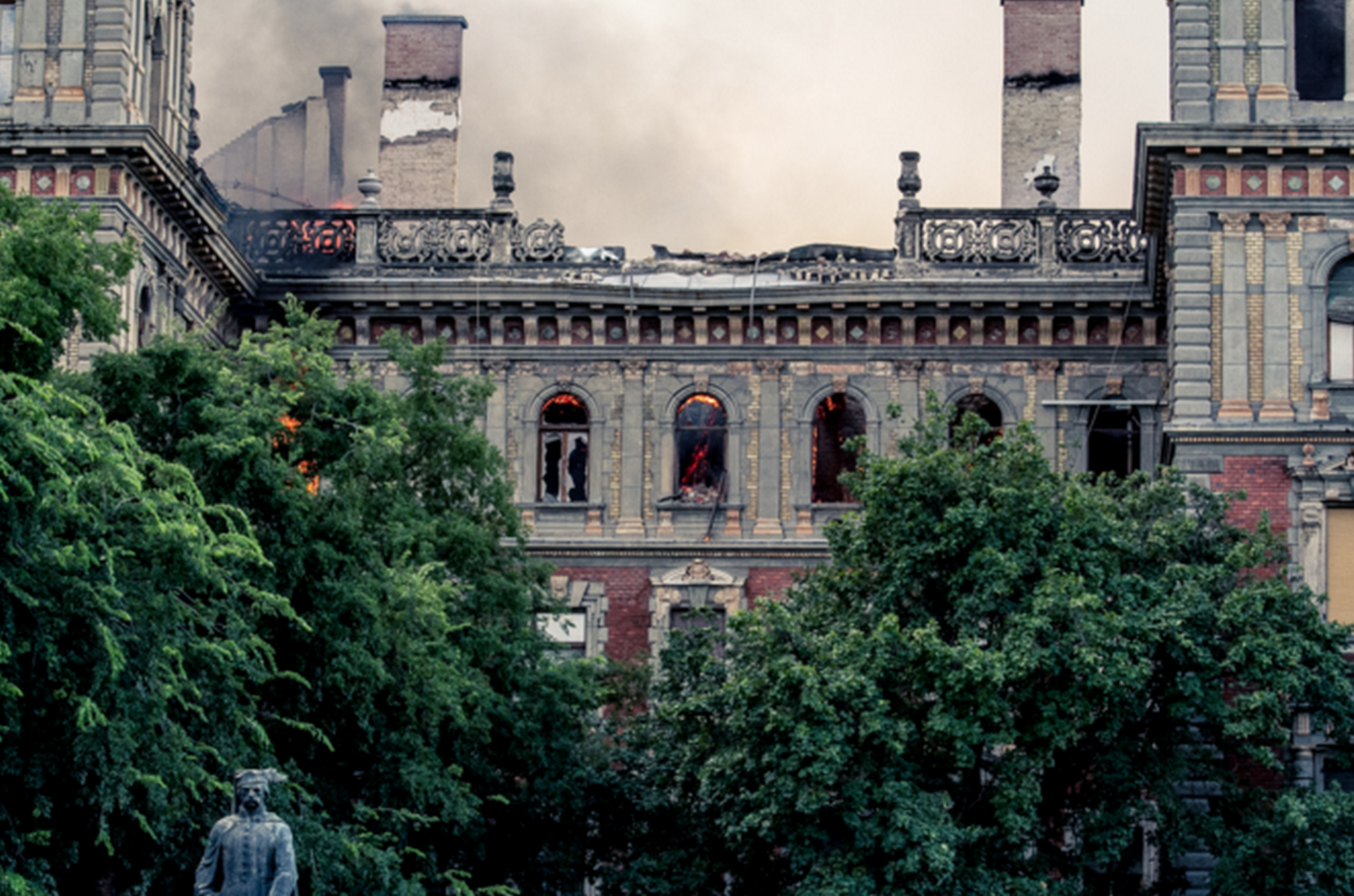
Kodály Körönd to Heroes' Square As we head towards Heroes' Square, villas with gardens appear and the avenue grows even wider. Take a careful look at the placards on the villa gates as we do a little embassy spotting. Can you find the Bulgarian Embassy? We’ll also pass by two of Budapest’s lesser known museums, the Ferenc Hopp Museum of Oriental Arts at 103, which is surrounded by a Japanese garden, and the Zelnik István Southeast Asian Gold Museum showcasing almost a thousand articles from Southeast Asia and a unique collection of gold and silver artefacts.
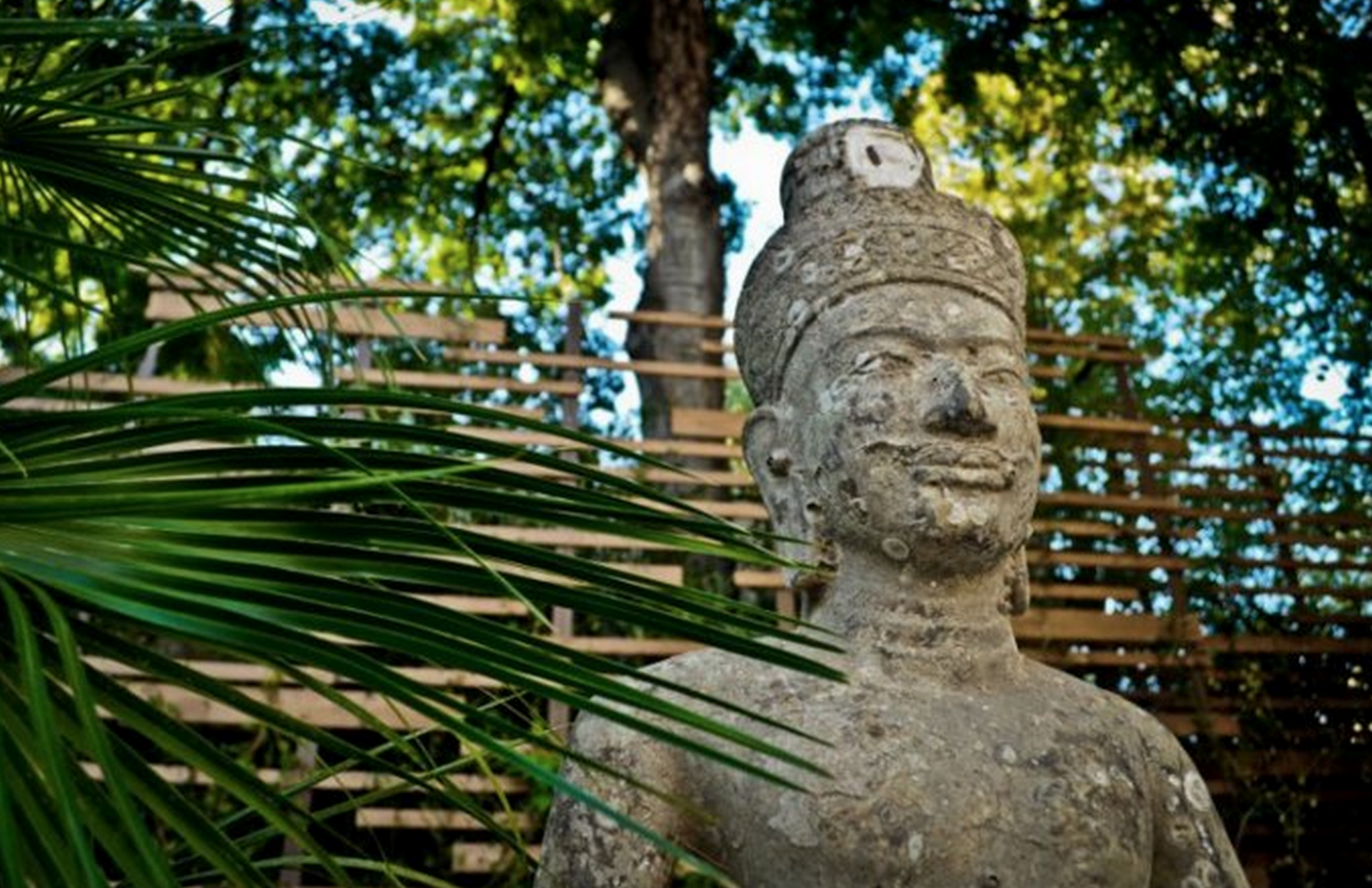
Heroes’ Square and City ParkAndrássy leads us to Heroes’ Square, Budapest’s largest and perhaps most impressive square. The black and while colonnaded memorial pays tribute to the 1,000 year old history of the Magyar people, with the Hungarian kings looking down on us from their plinths. Flanking the square, are the neo-classical monuments where the Kunsthalle (Műcsarnok) and the recently temporarily closed Museum of Fine Arts are based.
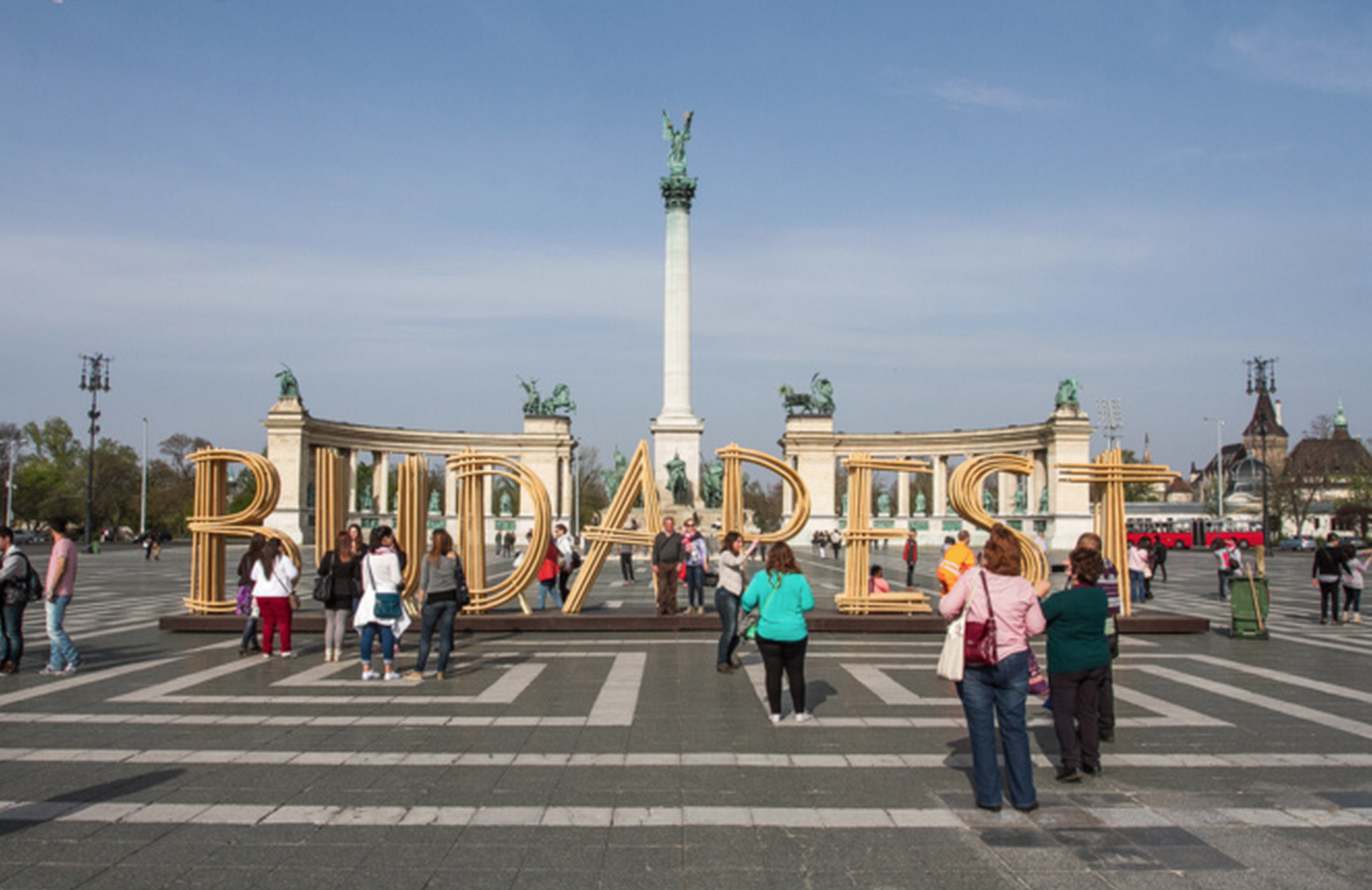
We cross through the square and over the bridge that carries us into City Park. We look over to the right towards Vajdahunyad Castle, and during winter we can still see people ice skating down by neo-baroque City Park Ice Rink. During summer we can see people boating on the lake instead.
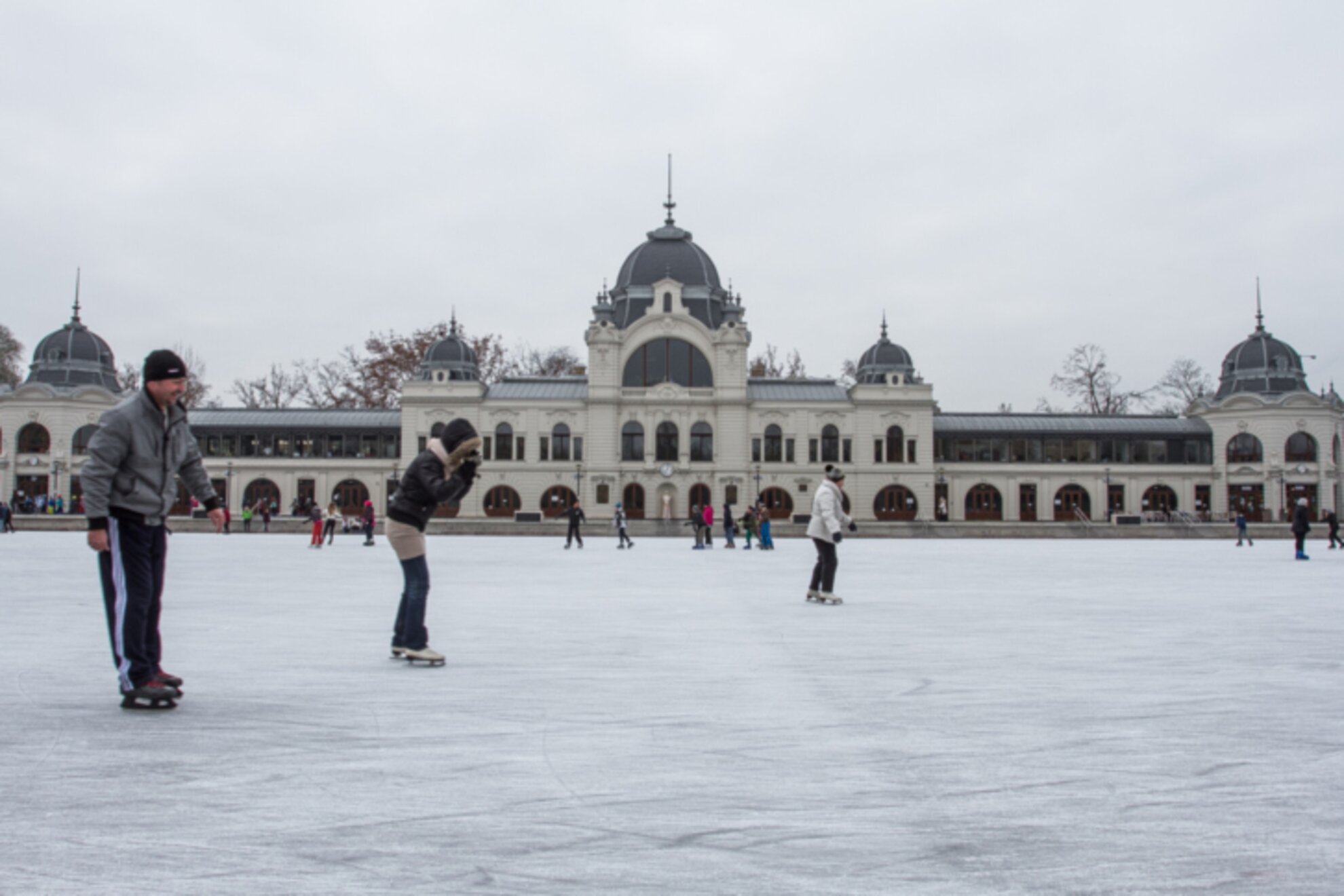
City Park is huge, but most of the important sights are clustered around Vajdahunyad Castle, now home to an agricultural museum. The castle here was based on one of the same name in Transylvania, and also incorporates a variety of Hungarian architectural styles. We’ll wander around and even stop by the statue of Anonymous to touch the famous pen.
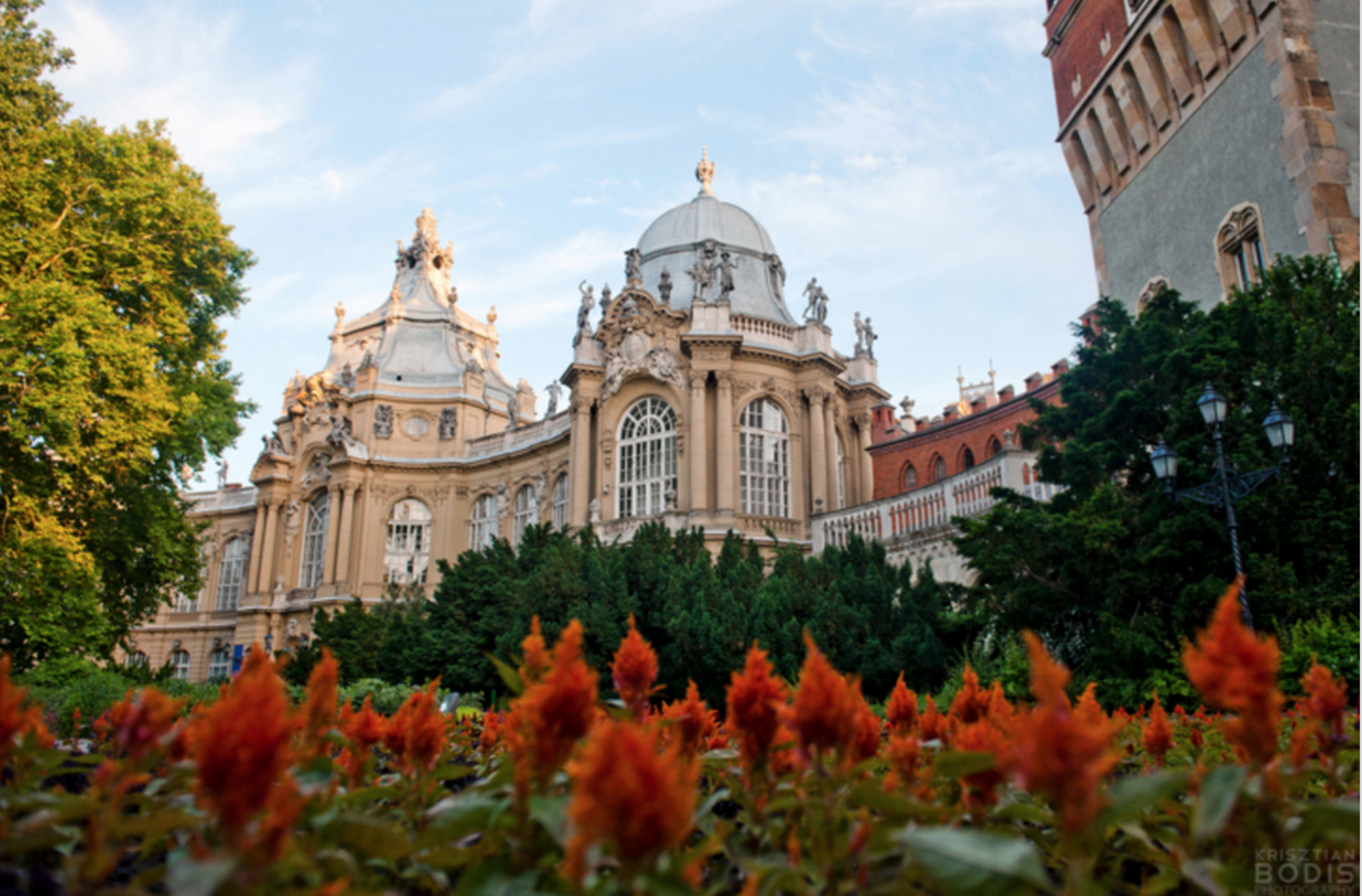
There is much to explore in this great big green park, but we could always stop for a rest on a bench or a leisurely sunbake if it's hot weather.
For those with plenty of energy we’re now a stone’s throw away from the Budapest Zoo, the gaudy coloured Amusement Park (which no longer operates as a theme park) and the Széchenyi Baths, Europe’s largest and, if if we might say so, most beautiful thermal baths. It is also the perfect place to end this long tour and soak our weary muscles after all that walking! Rest up for a bit and then we recommend taking the yellow M1 underground right back to Elizabeth Square or Vörösmarty Square as you keep exploring Budapest.
